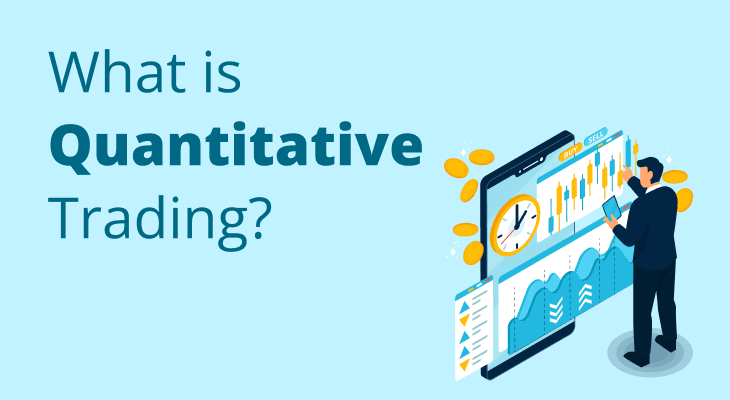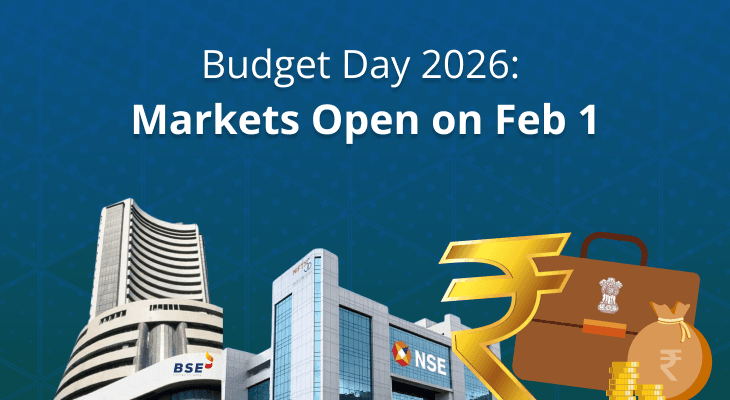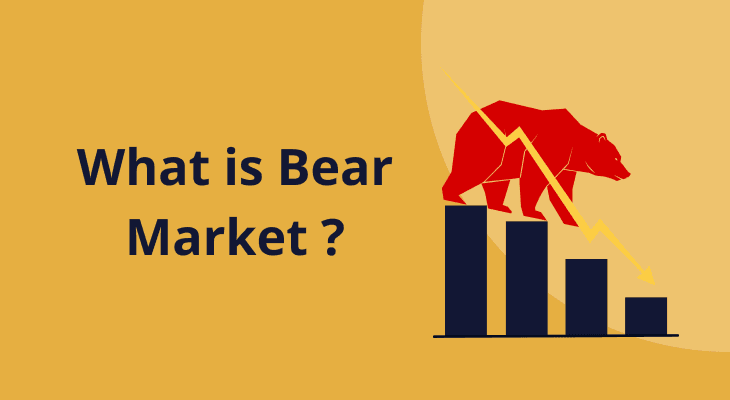
What is Quantitative trading?
In the fast-paced world of finance, the decisions you make need to be precise and quick. As you can imagine, this can be quite challenging, especially due to the availability of a massive amount of data for you to peruse. A sophisticated approach known as quantitative trading has emerged that has already revolutionised how markets are navigated. This method harnesses the power of data, analysis, and automation to make trading decisions. Let us further explore the concept of quantitative trading, its key components, advantages, disadvantages, and effective quantitative trading strategies to help you understand this potent approach.
Understanding Quantitative Trading: A Data-Driven Approach
Quantitative trading, commonly referred to as "quant trading," is a trading strategy that is built on the fundamentals of statistics, mathematical models, data analysis, and computer algorithms. Its objective is to recognise patterns, anomalies, and trends within financial markets to gain a competitive edge in trading.
Key Pillars of Quantitative Trading
Quantitative analysis trading operates on a structured framework that rests on four key pillars, each playing a crucial role in the effectiveness and efficiency of the strategy. These pillars provide the foundation for data-informed, well-executed, and risk-conscious decisions. Let's take an in-depth look at these essential components:
Crafting A Trading Strategy
At the core of quantitative trading lies the development of a meticulously designed trading strategy. This strategy is grounded in quantitative analysis, where traders identify specific market indicators, patterns, or signals that can guide their trading decisions. Whether it's identifying price momentum, mean reversion, or correlation between assets, the strategy serves as a roadmap for executing trades in a systematic manner. It empowers traders to identify stocks that have consistently shown upward momentum over a certain period and develop a strategy to enter positions when specific momentum thresholds are met.
Backtesting For Validation
Before a trading strategy is put into action, it undergoes a rigorous testing process known as backtesting. This involves applying the strategy to historical market data to assess how it would have performed in past market conditions. Backtesting serves as a crucial validation step, helping traders gauge the strategy's potential effectiveness and identify any shortcomings or adjustments needed. For example: A quantitative trader develops a strategy that involves buying stocks when certain technical indicators align. By backtesting this strategy using historical data, the trader can analyse how the strategy would have performed in various market scenarios over the past years.
Automated Execution System
Automation is a hallmark of quantitative trading. Once a strategy is defined and validated through backtesting, it is coded into algorithms that automatically execute trades. This automation eliminates the need for manual intervention, ensuring that trades are executed swiftly and consistently according to the predefined rules of the strategy. An automated execution system can detect a favourable trading opportunity based on the strategy's criteria, such as a stock meeting specific price and volume conditions. Without any human intervention, the system promptly executes the trade, capturing the opportunity in real time.
Risk Management Measures
Effective risk management is an integral aspect of quantitative trading. Traders establish risk parameters to mitigate potential losses and protect the integrity of the strategy. This can involve setting limits on trade sizes, diversifying across multiple assets, and employing stop-loss orders to automatically exit positions if they move against the intended direction. Precautionary measures ensure that a single trade doesn't have an outsized impact on the overall portfolio in the event of an adverse market movement.
Advantages of Quantitative Trading
Data-Driven Insights
By segmenting and interpreting vast amounts of historical and real-time data, quantitative traders gain insights that traditional traders might miss. These data-driven insights help inform trading decisions, enabling traders to identify patterns, trends, and potential market opportunities with remarkable accuracy.
Efficiency And Speed
In the highly competitive market, timing can make all the difference. Quantitative trading, with its reliance on automation and algorithms, offers a distinct advantage in terms of efficiency and speed. Trades can be executed swiftly, often in a matter of microseconds, reducing the impact of human emotions and minimising the risk of missing out on market-moving opportunities.
Robust Risk Management
Effective risk management is paramount in any investment strategy, and quantitative trading excels in this aspect. Traders meticulously design risk management protocols that encompass various scenarios, such as market downturns or unexpected volatility. This approach helps to safeguard the integrity of the trading strategy and prevent potential losses from spiralling out of control.
Backtesting Precision
One of the distinctive features of quantitative trading is its rigorous backtesting process. Before a strategy is implemented, it undergoes comprehensive testing using historical market data. This practice provides quantitative traders with a clear understanding of how the strategy would have performed in the past, enabling them to fine-tune and optimise their approach for future market conditions.
Elimination Of Emotional Bias
Human emotions can cloud judgement and lead to impulsive decisions, particularly in high-stress trading situations. Quantitative trading eliminates emotional bias by relying on predefined algorithms and rules. This objectivity ensures that trading decisions are based on data and analysis rather than fleeting emotional reactions.
Limitations of Quantitative Trading
Being a relatively newer strategy, quant trading is still evolving. Therefore, apart from the several benefits it has to offer, there are some limitations too, that you should be aware of.
Navigating Market Volatility
Excessive market fluctuations can disrupt trading strategies and lead to unforeseen losses.
Technical Complexity
Developing and maintaining quantitative trading strategies demands a solid grasp of mathematics, programming, and financial markets.
Dependency On Quality Data
Accurate and reliable data is imperative; errors or inaccuracies may adversely impact trading decisions.
Effective Strategies in Quantitative Trading
Having now understood what quantitative trading is, here is a list of some quantitative trading strategies that you can read up on before trying them out in the real world.
Leveraging Alternative Data
Utilising unconventional data sources like social media sentiment or satellite imagery to predict market movements.
Exploring Niche And Smaller Markets
Quantitative trading can thrive in less liquid markets where inefficiencies may provide unique opportunities.
High-Frequency Trading (HFT)
Executing numerous trades rapidly using advanced algorithms to exploit minor price discrepancies.
Integration Of Machine Learning
Applying machine learning algorithms to adapt trading strategies based on evolving market conditions.
Concrete Instances of Quantitative Trading
Statistical Arbitrage
Identifying mispriced assets through analysis of statistical relationships between distinct securities.
Following Market Trends
Executing trades based on prevailing market trends and their potential impact on stock prices.
Pairs Trading
Simultaneously buying and selling related assets to capitalise on temporary price divergences.
To Sum it Up
Quantitative trading stands at the junction of finance, mathematics, and technology. By integrating data analysis and automation, quantitative traders aim to gain a competitive advantage in the dynamic world of financial markets. While it offers distinct advantages, such as data-informed insights and efficient execution, it also presents challenges, including the demand for specialised knowledge and sensitivity to market volatility. Whether you are a seasoned investor or a beginner exploring the world of finance, comprehending the principles of quantitative trading can provide valuable insights into the evolving landscape of modern finance.
FAQ
What makes quantitative trading different from traditional trading?
Quantitative trading relies on data analysis and mathematical models to make trading decisions, whereas traditional trading may involve more subjective judgement.
Is quantitative trading suitable for beginners?
Quantitative trading can be complex, requiring knowledge of programming, statistics, and financial markets. It's advisable for beginners to start with a solid understanding of investment basics.
How do quantitative traders handle market volatility?
Quantitative traders often employ risk management techniques, such as setting stop-loss orders and diversifying their portfolios, to mitigate potential losses during market volatility.
Can I become a quant trader without a background in finance or programming?
While a background in finance or programming can be advantageous, there are resources available online that can help you learn the necessary skills to become a quant trader.
What role does technology play in quantitative trading?
Technology is at the core of quantitative trading, enabling rapid data analysis, algorithm execution, and real-time decision-making.
Are there risks involved in quantitative trading?
Yes, quantitative trading carries risks, including data inaccuracies, model errors, and the potential for losses during unexpected market movements. Effective risk management is crucial.
Can I apply quantitative trading strategies to my personal investments?
Yes, you can incorporate some quantitative trading principles into your personal investment strategy. However, it's important to understand that quantitative trading often requires advanced skills and access to sophisticated tools. As an individual investor, you can focus on data-driven analysis, setting predefined rules for buying and selling, and practising disciplined risk management. Start with a small portion of your portfolio and gradually expand as you gain confidence and experience.


